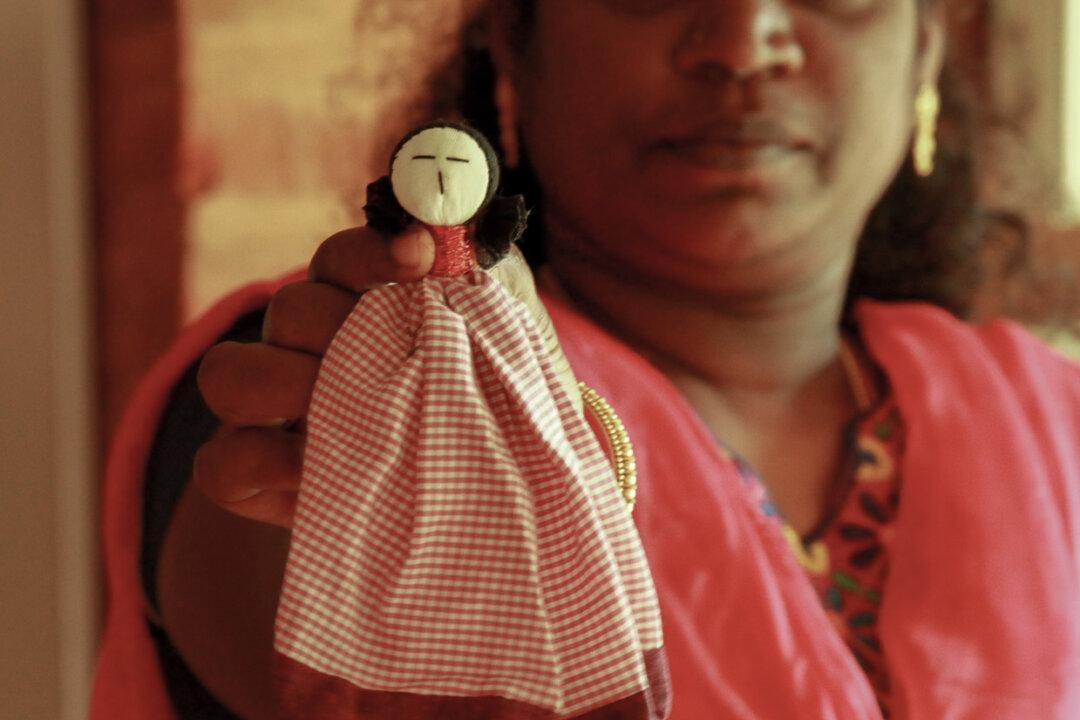PUDUCHERRY, India—A tsunami struck India’s southern coasts in December of 2004, whisking away the livelihoods of fisherman whose boats and other equipment they depended on were lost to the sea.
To help these fishing villages recover, one fashion designer on the outskirts of the union territory Puducherry created a doll that, ten years later, continues to provide employment to women in these villages.
The doll, called “Tsunamika” after the tsunami, is about 1.5 inches tall and made from scraps of cloth left over from other projects.
Starting in 2005, Uma Prajapati, the designer of the doll, trained 480 women in six villages to make them. A decade later, 200-300 women still earn a living by making Tsunamikas.
Rescue and Recovery
What makes it sustainable for these women is that the work is flexible and easily incorporated into daily life; they can make them at home, on their own schedule, and as many as they want each day.
Prajapati said the dolls have also helped to take the women’s minds off the disaster in the aftermath of the Tsunami and helped them recover emotionally and financially.
“[With the money I earn making Tsunamikas] I can pay my children’s school fees and cover food expenses at home,” said Sarathi, 35, a resident of Tandarankuppam, a coastal village in the state of Tamil Nadu.





